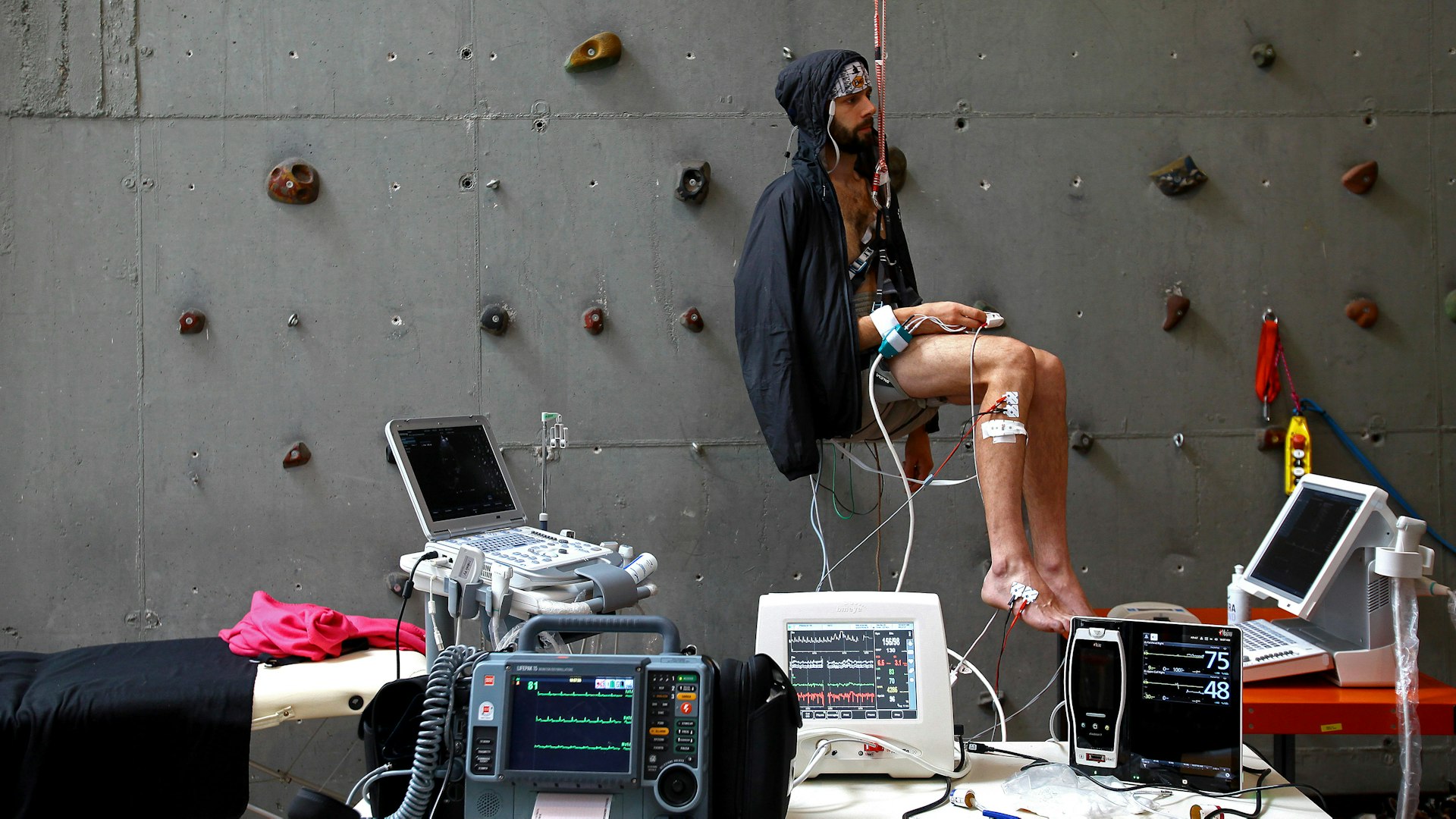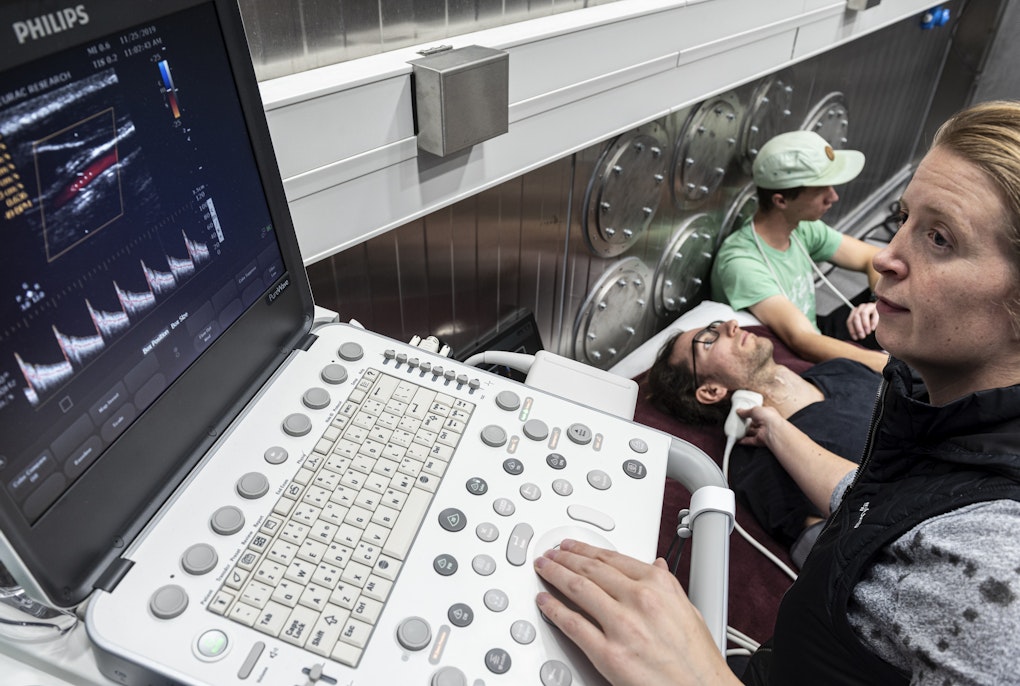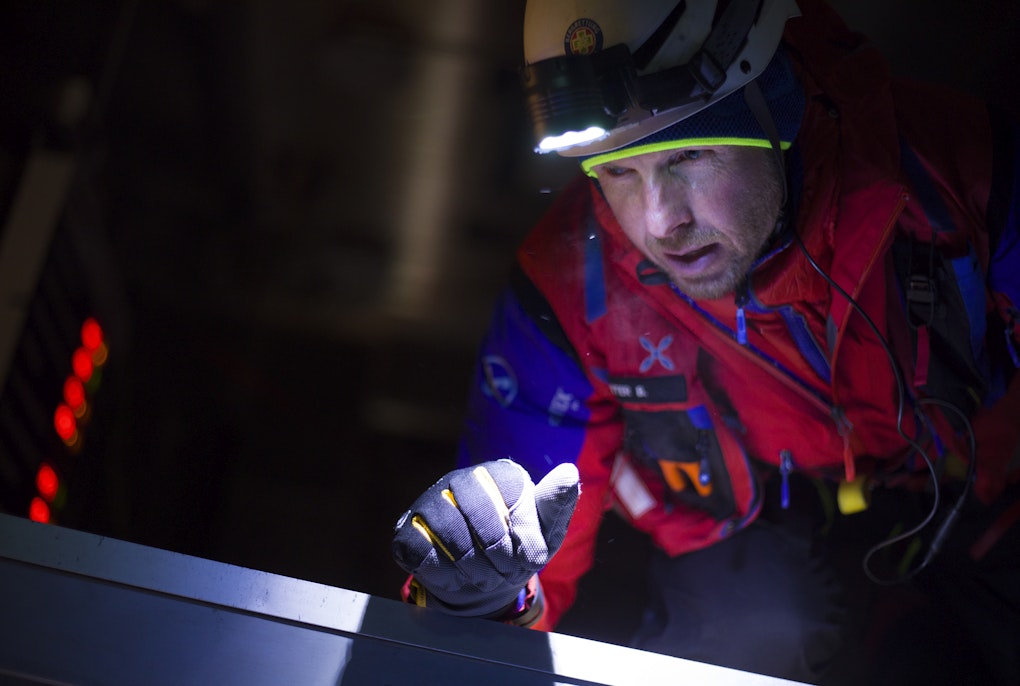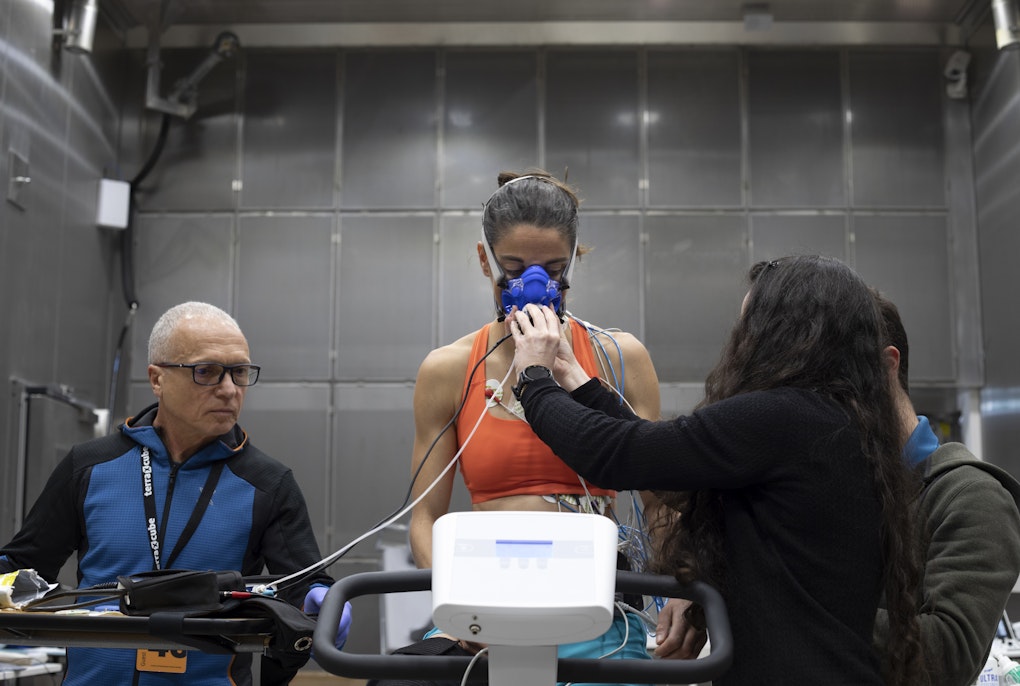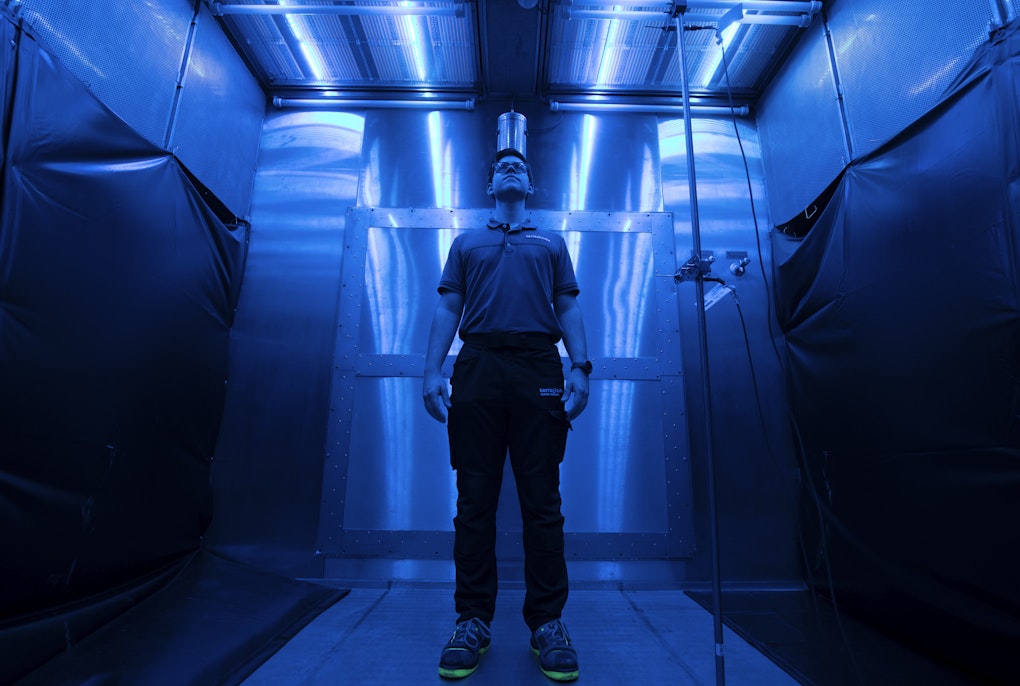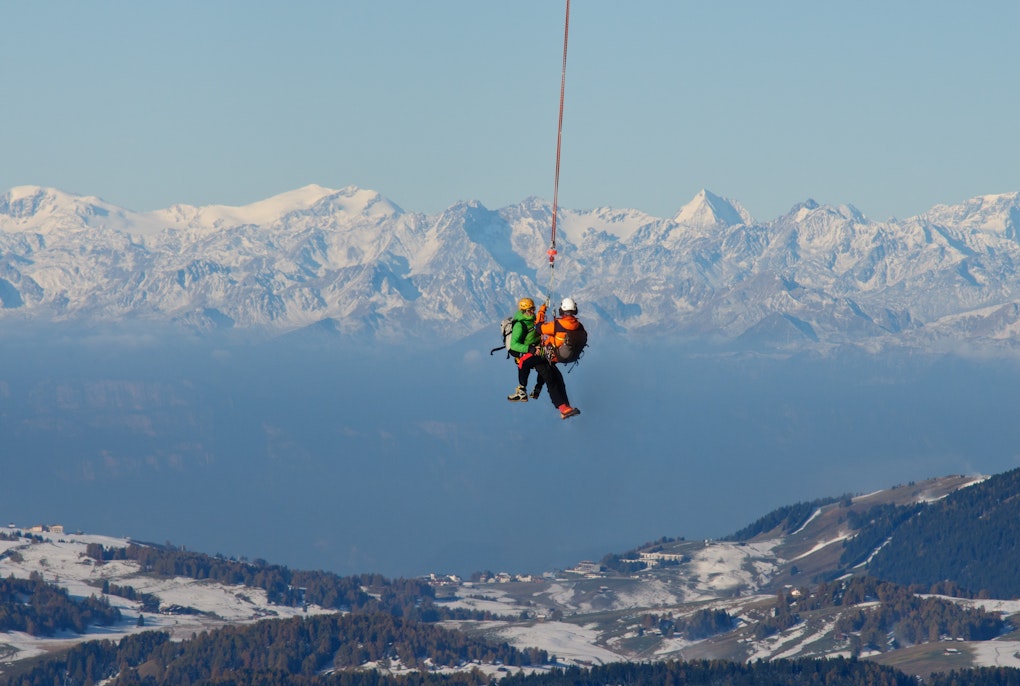magazine_ Article
Recommendations for suspension syndrome
After testing 20 climbers, the results are in
Safety harnesses save the lives of mountaineers, window cleaners and scaffolders. However, if a person is left hanging from the rope after a fall, suspension syndrome can occur, this can result in victims fainting and in the most serious cases, can lead to death. A study by emergency medicine experts from Eurac Research has proven that this syndrome is due to a vasovagal mechanism and given recommendations for its prevention. The results are available in the following publications "European Journal of Applied Physiology" and "Wilderness & Environmental Medicine".
In the 1970s the medical community began to study a number of cases reported in the press: rescuers could not understand why climbers who fell and hung from ropes suddenly died even though they had not suffered any significant injuries. In order to understand how the suspension syndrome works, Eurac Research emergency medical scientists carried out an experiment with 20 climbers. They suspended them for up to 60 minutes both after climbing and at rest. The tests took place at the Provincial Fire Protection School in Vilpian in cooperation with the Alpenverein Südtirol Mountain Rescue Service (AVS) and the Medical University of Innsbruck. The doctors carried out various monitoring of the cardiovascular system and in 30 per cent of cases observed signs of presyncope. "We verified that the veins in the legs dilate and blood accumulates there," explains Simon Rauch, resuscitation physician and head of the study. "Contrary to popular belief, this build-up does not lead to hypovolemic shock, i.e. the shock that occurs when there is less blood in the upper body and the heart pumps faster and 'empty' until it collapses. We have observed that the heart works steadily until it suddenly collapses. We came to the conclusion that it was a vagus nerve reflex, the same one that causes soldiers to faint when they stand still for long periods on guard duty. A fainting spell may seem trivial, but it can have tragic consequences if the victim is upright or arched on his back, as can happen to someone hanging from a harness - blood cannot flow back to the brain which can result in cardiac arrest.
What should be done if victims remain suspended in a harness? Experts in emergency medicine give advice.
"The crisis comes on suddenly without any warning signs," explains Rauch. "That's why rescuers have to be quick to dislodge mountaineers or workers, even if they seem fit." Among other recommendations, the researchers suggest that victims be laid down in a horizontal position, not propped up halfway, to encourage blood flow to the brain. While waiting for help, they recommend moving the legs as much as possible. "The mechanism governing this vasovagal mechanism is not clear to us, but we believe by relieving the accumulation of venous blood in the legs we can delay the crisis,' Rauch explains.

Scientific publications
Free access to the scientific article: https://doi.org/10.1007/s00421-019-04126-5.
Simon Rauch’s publications on the BIA.
